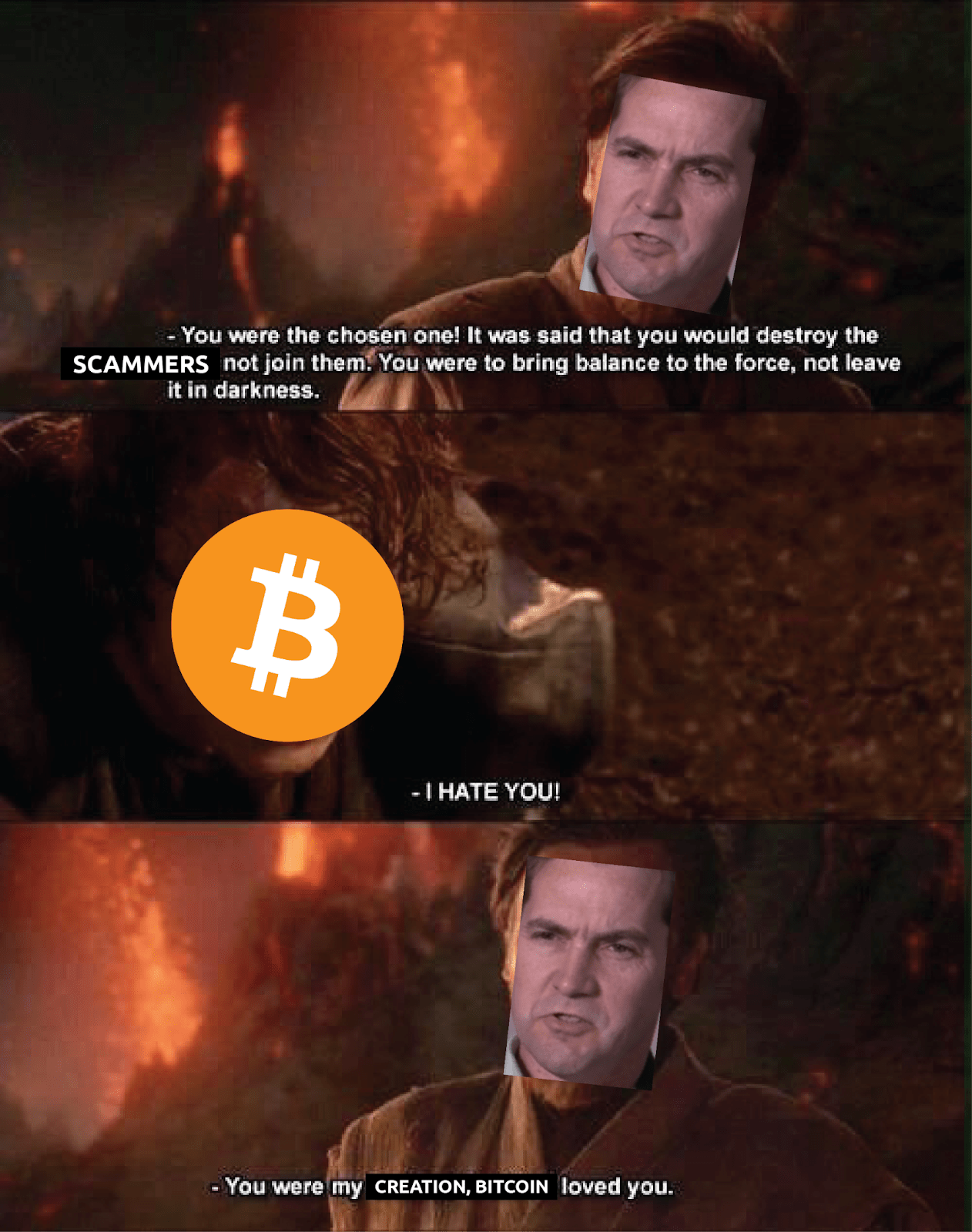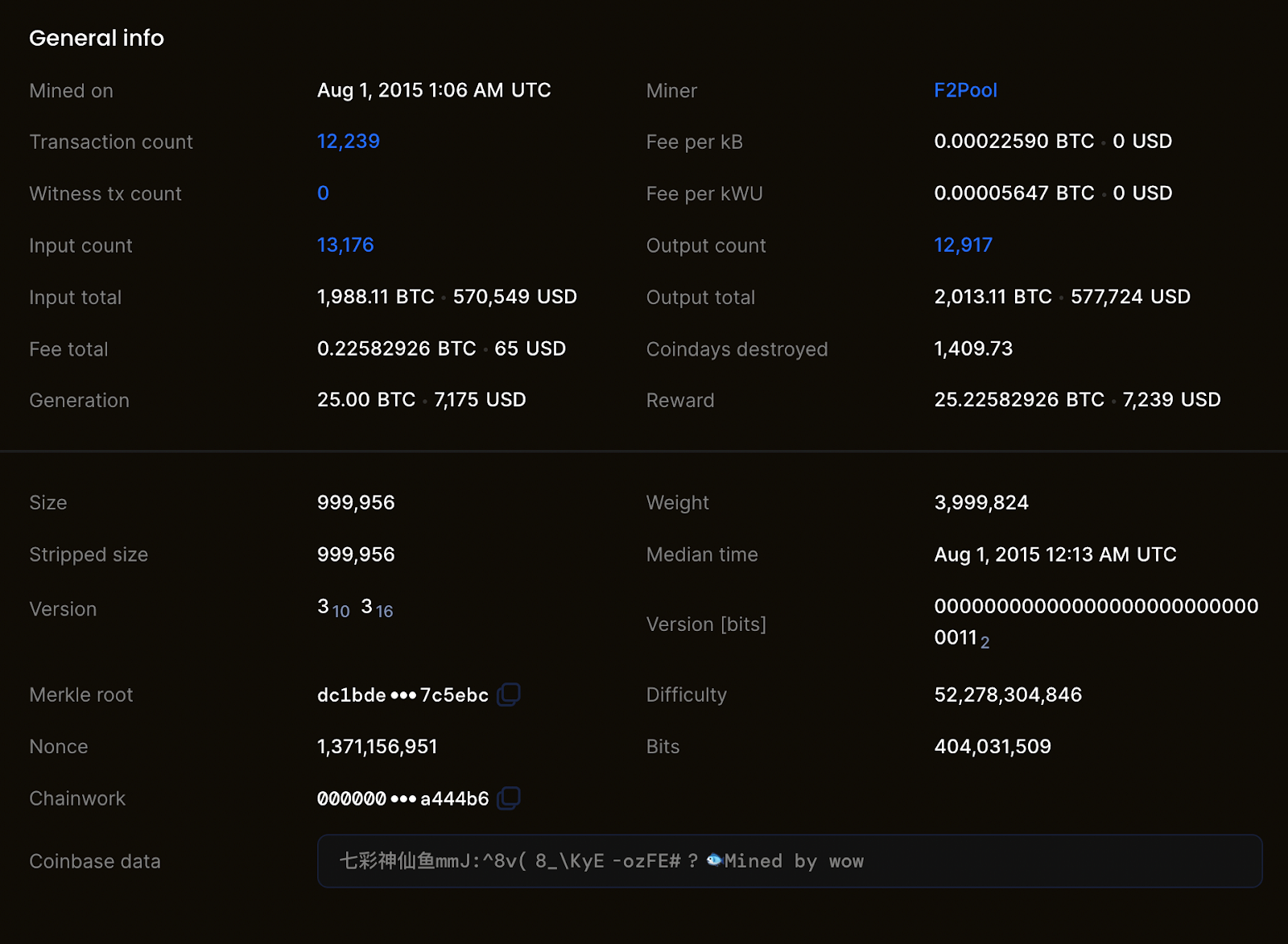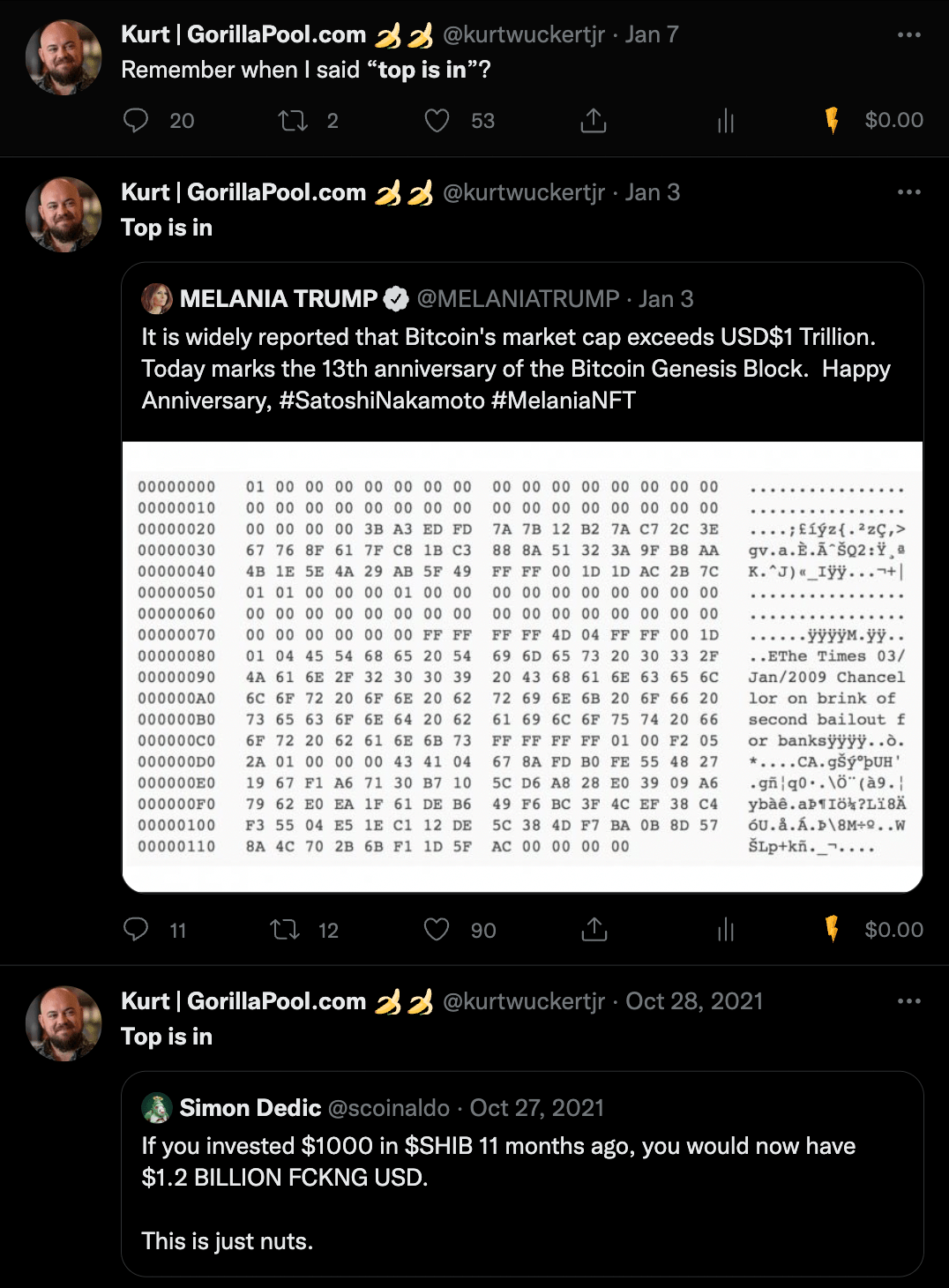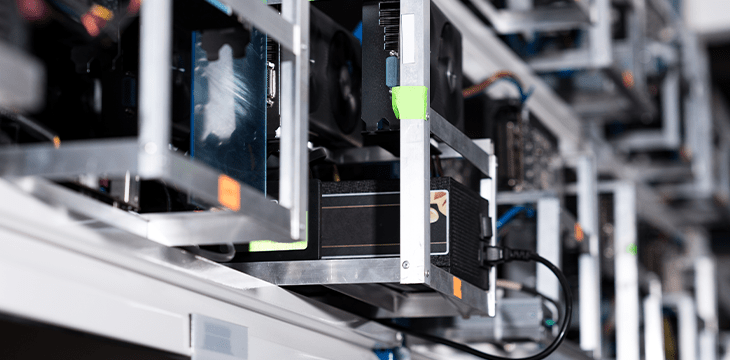|
Getting your Trinity Audio player ready...
|
At the time of writing, the guaranteed (read: subsidized) revenue per BTC block is about $130,000.00 per block, and the guaranteed revenue per BSV block is about $415.00, which many people think is a metric that tells the whole story. But they are wrong! Bitcoin was never meant to deal with multi-chain economics, but since 2017, there have been at least two competing implementations, and since 2018, three competing chains: BTC, BCH and BSV. Add in XEC, and things really start to get into the weeds.
While this wasn’t planned for, it creates its own sort of bizarre equilibrium of relative hash rate as miners chase profits.
This causes an imbalance across the economics of the entire Bitcoin system though.

In this article, we will discuss three major points:
- the basics of chain switching.
- the future of Bitcoin mining
- the best strategy for conquering the Bitcoin universe.
Chain switching for fiat gains
Bitcoin was designed to be a self-correcting, self-regulating, antifragile network where any imbalance in planning or execution would be punished by the network’s own economics, but the BIP process, “forking” and the ability to switch among chains for the sake of fiat profitability has jarred the game theory immensely. Add in fractional reserve Bitcoin (derivatives), fractional reserve Tether (fraud), and the fact that nearly all trading occurs in bucketshops with opaque ledgers and every murkier business practices, and we are starting to have a real problem on our hands.
But how does chain switching work?
An example: BTC is up 5% on the day, and BSV is down 1%. Difficulty is roughly equal relative to the price difference between the two chains and so, it would be roughly 6% more profitable to mine BTC. A miner with a profit switching algorithm programmed into their pool software, focused on fiat profits and which sells coins on a daily basis, should allocate more hash power to BTC to benefit from a small window of profitable arbitrage in network profitability until the gap closes. Since BTC has a roughly two-week period between difficulty adjustments while BSV uses a quicker adjustment schedule that makes a calculation based on the difficulty of every block, the lost hash rate on BSV will make the difficulty drop quickly and come into balance.
If BTC’s price drops, and BSV remains static, hash power will make its way the opposite direction. But BSV, because of its speedier difficulty adjustment and lower overall hash rate, will typically get “turbo mined” with small blocks until the adjustment happens quickly. This is because it’s relatively inexpensive to become a large percentage of the network, so whoever does it first is usually able to get lots of blocks quickly and close the arbitrage gap quickly.
Adding in BCH and XEC adds to the complexity of the math, but here is an example of BTC’s relative hash rate hitting a low while BSV’s is hitting a high, illustrating the nature of fiat arbitrage among all chains.

Does this go on forever? The future of Bitcoin mining
Above, I’ve illustrated the status quo of Bitcoin chain switching, but this practice is a product of fiat obsession and a lack of understanding about Bitcoin’s economics or its real value. Hint: it isn’t to be measured in fiat. The real value of Bitcoin is its ability to instantly measure economic imbalance and profit from it. Said another way, it’s extremely efficient capitalism at any distance!
The Bitcoin subsidy is a ticking time bomb that demands to be replaced. On average, blocks are nowhere near replacing the subsidy, measured in satoshis. In BTC, it’s impossible because of the block size limit, and in BSV it is still uncommon, although there have been a few examples where fees have outperformed the current subsidy.
Found Fresh Bananas 🍌🍌
Block: 733,689
Size: 3.65 GB
Tx count: 2,512,670
Average fee: $0.00038
Total fees: 9.76 BSV
Total revenue: 16.01 BSV
Revenue from fees: 60.96%https://t.co/tbY59NdZvf— BananaBlocks™ by GorillaPool🍌🍌 (@banana_blocks) April 4, 2022
But this is a pretty low target to hit! In reality, Satoshi Nakamoto gave us a system where at least 50 bitcoins could be mined in every block, and instead of thinking of ways to make that a permanent reality, the average miner and user seem happy to live on the reduced subsidy value of about 6.25 coins per block. This is woeful, and Bitcoin is punishing us for our lack of adoption strategy.
BTC is capped with how many transactions it can contain inside of a 1-4MB theoretical limit, and so the largest transaction count per block occurred in 2015 with a 999kb block that contained just over 12,000 transactions.

Comparatively, BSV has no cap, no limit, and no fear of ever running into a quota at which no more profit can be sought. This is why (at least, for the time being) it’s been ok for the price to remain low on BSV as proofs of concept blast onto the network on an increasing basis.
But in the future, as blocks approach terabytes of data, even at the low price of $60/coin and an assumed fee of 1 coin per gigabyte, a terabyte block would net the miner 1000 coins or $60,000 in revenue. Of course, with that kind of on-chain demand, one can only assume the increased relative fiat value of BSV. If priced right around $20,000 like today’s BTC price, there would be $20,000,000 per block in fees even while the fee per transaction remains infinitesimally and imperceptibly low. This is why it has been crucial to focus on research and development of scaling technology like the LiteClient and Teranode projects as well as complementary technology like mAPI and scalable P2P concepts integrating into wallets.
It also shows why, in the long term, price does matter.
How and when to mine
The irresponsibility of the existing market has come home to roost with lending and derivatives platforms ceasing withdrawals, cross-exchange bailouts and a mounting number of signs that we may be experiencing the opening stages of a “crypto bank run” as everyone is forced to deleverage and rehypothecate the real assets vs the liabilities on their balance sheets, and the market has contracted in what might be the opening stages of a complete collapse.
Meanwhile, BSV, with its near complete lack of derivative or lending platform exposure has outperformed nearly every coin in the top 100 as the market looks to discover true market value for blockchain assets.
And this brings us to the opportunity.
Mining hardware is expensive, and there is a very high initial cost of entry to be an infrastructure player in bitcoin. That’s partially by design, but the artificial nature of coin prices exacerbates the problem. This is a disadvantage for BSV miners as purchasing power relative to ASICs and fiat has been generally less favorable than against BTC, but the price of those ASIC machines is closely correlated to the price of BTC itself. This is starting to right itself as BSV outperforms BTC in this current season and ASICS have dropped from about $80/terahash down to around $40/TH in the last few months.
And so, we have a huge opportunity. For anyone who was wise enough to sell the top, there was an incredible amount of fiat wealth to be earned from the last bull market. And frankly, it was easy to call the top!

If you have a strong fiat position, the strategy is to split up ASIC purchases over the next few months as the market reaches bottom. Buy miners (used and new) out of the figurative (and maybe literal) dumpster from mining companies who believed that Michael Saylor and the laser-lemmings weren’t scamming them this time!

If you can buy hardware in the trough of despair during this bear market and pay for two years of electricity up front, there is a massive opportunity to accumulate the most undervalued asset in the world at extremely low cost.
Too many companies get into debt positions with cheap financing and crazy yield opportunities and think the bull market will last forever. Due to the lack of understanding of Bitcoin in general, venture money is quick to listen to supposed experts on the need to accumulate BTC who then get absolutely destroyed in market conditions like the last few months. (See: Bitfarms dumps almost half of BTC holdings)
But for the shrewdest institutional investors; those who don’t need to sell coins to pay electricity costs, there is a massive opportunity to point hash and accumulate coins at a fixed rate for the future in the seasonal eve of BSV’s real hockey stick of block size, price and profitability performance. Speaking from personal experience, there are a number of large clients looking to make large purchases to mine BSV over the coming months deploying precisely this strategy.
With the imminent closing of SVPool, I’d guess that new pools come up to fill their place, and new hashers will join the only remaining public pool: GorillaPool. Of course, TAAL Distributed Information Technologies Inc. (CSE:TAAL | FWB:9SQ1 | OTC: TAALF) and SBI (TYO: 8473) will continue to duke it out in total hash rate, and I suspect SBI will begin to offer fresh services to differentiate themselves from just a block hasher.
This is in addition to new services coming from TAAL Console, WhatsOnChain (a TAAL brand), Project JungleBus™ by GorillaPool and some of the other projects that are coming in to make nodes increasingly more competitive in the bitcoin economy.
So, while the kings of the last cycle drop their pearls and fumble their scepters, the new kings of Bitcoin are preparing for a coronation via hash power that will guide us forward into the next era of Bitcoin: the true return of the big blockers!
Watch: BSV Global Blockchain Convention panel, Blockchain Mining & Energy Innovation
https://www.youtube.com/watch?v=RzSCrXf1Ywc&t=24114s

 01-01-2026
01-01-2026 




